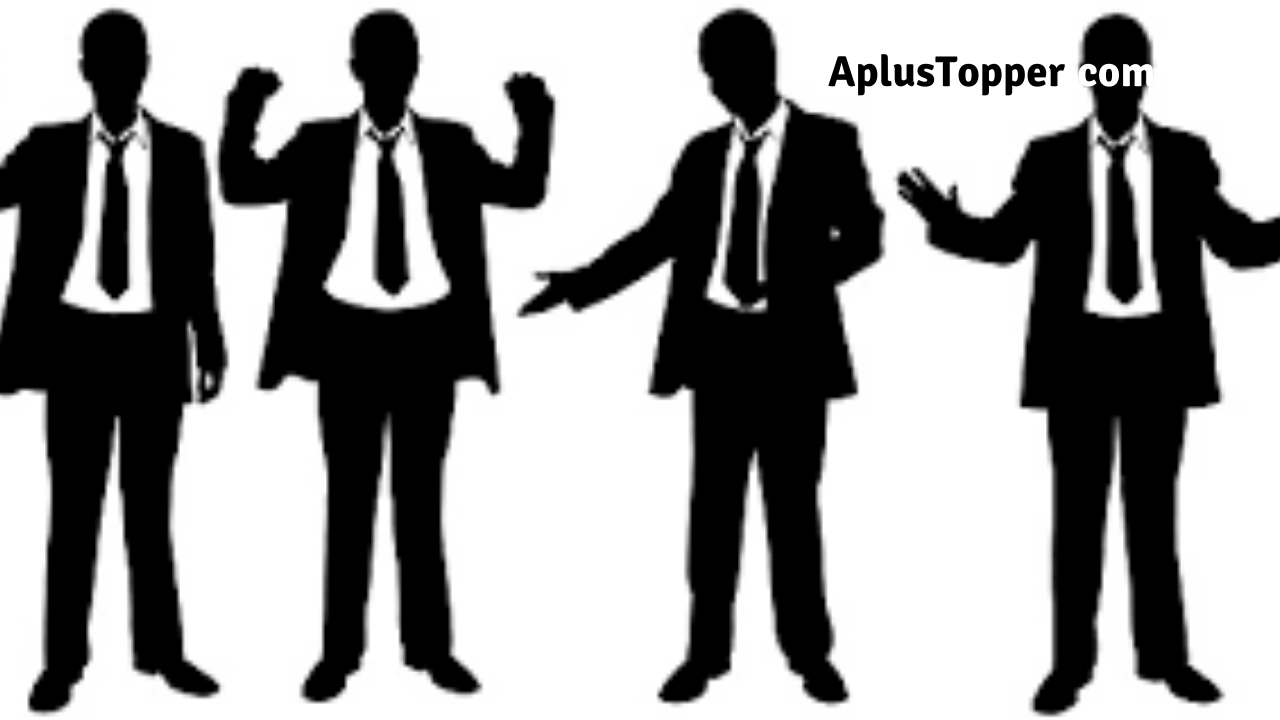Non-verbal Communication Essay: Among verbal and non-verbal communication, a significant portion of our day-to-day interaction occurs through non-verbal communication. Moreover, it is said that non-verbal communication is far more effective at conveying a message than verbal communication. As the name implies, the term “non-verbal communication” is any form of communication that does not involve speech – this includes facial expressions, postures, gestures, tone of voice and countless other non-verbal cues. Even something as simple as a handshake, a glance, or touch can be considered as a form of non-verbal communication.
You can read more Essay Writing about articles, events, people, sports, technology many more.
Types of Non-verbal Communication and Implications
Here, we shall explore the various types of non-verbal communication and their consequent implications:
Facial Expressions and Facial Cues: Consider a smile or a frown, these two facial expressions convey a lot of meaning without the need for any verbal explanation. In fact, the facial expression of a person is the first thing that can be seen before we even talk to them. Moreover, every culture around the world has similar expressions for happiness, anger, sadness and fear. Interestingly, even a person’s eye can reveal much of their feelings. A person’s blink rate can also tell if a person is at ease or tensed. However, the perception of eye contact varies between cultures. For instance, direct eye contact might be avoided in certain cultures as it is a sign of disrespect, especially towards elders. On the contrary, lack of eye contact when conversing can be misinterpreted as lacking self-confidence in many Western countries. Another aspect that tells a lot about a person is the pupils in their eyes. For instance, pupil dilation can signal pleasure, excitement or attraction. Similarly, constricted pupils usually send a colder signal.
Gestures: Another effective way to convey meaning without words is through gestures – which are visible body actions. Alternatively, gestures can also be used in conjunction with speech and body language to emphasize a point. Gestures primarily involve using hand signals, facial expressions or other parts of the body. Gestures can be classified into two types – informative gestures and communicative gestures. Informative gestures are also called passive gestures and they provide information about the speaker as a person rather than the subject of their communication. They are also not produced intentionally, hence the term “passive.” For instance, scratching, or adjusting clothing might imply that the speaker is uncomfortable.
On the other hand, communicative gestures are the types of gestures that are produced intentionally by the speaker, hence it is also called “active gestures”. This type of gesture is used as a modifier, often sending a more impactful message. A famous example of this type of gesture can be seen in the 1917 J.M Flagg’s “Uncle Sam” poster, which was used to recruit soldiers into the US Army for World War I as well as World War II. In this poster, Uncle Sam is seen pointing and sending a non-verbal form of gesture, implying to viewers that he wants them to join the US Army. The main takeaway here is – gestures are one of the most powerful tools to communicate non-verbally.
Body Language: One of the most effective components of non-verbal communication, body language plays an important role in conveying hidden messages. However, these behaviours might seem subtle and less defined, but nonetheless, are important markers in displaying feelings and emotions. For instance, sitting cross-legged or crossing one’s arms are seen as defensive postures. Nervousness, especially in stressful situations, can make people sit or stand stiff. During job interviews, candidates who might be less confident and nervous might sit extremely upright and end up gasping for breath when asked open-ended or stress-inducing questions. They may also fidget while trying to avoid eye contact. Such individuals usually have problems with public speaking as well.
Paralanguage: This form of non-verbal communication includes voice modulation, loudness and pitch. It essentially provides emphasis and emotions for a message. Consider the following thought experiment where a strong and loud tone of voice is used in a commercial- the impression that it gives its viewers might be of “vigour, sprightly or spirited.” However, if a softer, calmer tone of voice is used in the same commercial, then the viewers might find the tone of the commercial to be “relaxed, or soothing.” Similarly, if a hesitant, stuttering voice is used, it might convey nervousness or fear. In everyday usage, a reply with a “warm” or “cold” tone of voice can imply more than what is being said. For example, if a person questioned you about your day, and you replied, “It was okay,” in a cold tone of voice, it might suggest that your day was not okay, and you do not wish to discuss it further. The same reply in a somber tone might indicate that you had a bad day and you wish to share the details of it with someone. Similarly, a bright, spirited tone might suggest that your day was indeed alright.
Haptics: Touch plays an important role in non-verbal communication. Usually, touch indicates affection, sympathy and familiarity. Usage of haptics also varies between the genders – for instance, men usually touch to assert dominance or power over others while women use touch to convey concern, affection and care. Research has also found that individuals of high power and social status tend to invade the personal space of other people with higher frequency than people with lower power and social status. In conclusion, these are one of the most important tools that influence the effectiveness of non-verbal communication.

FAQs on Non-verbal Communication
Question 1.
What is Non-verbal communication?
Answer:
As the name implies, non-verbal communication refers to the process of sending or receiving messages without actually using written or spoken language.
Question 2.
What are the tools of non-verbal communication?
Answer:
A few of the most effective tools of non-verbal communication are – haptics, paralanguage, body language, gestures, facial expressions and facial cues.
